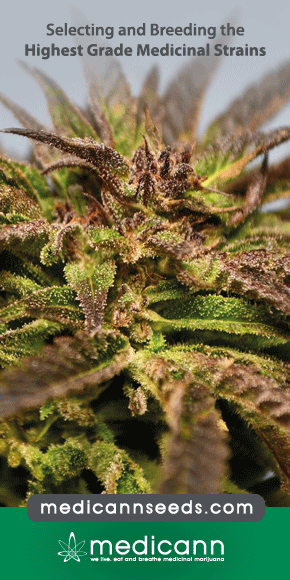Abstract
Cannabis has been used to relieve the symptoms of disease for thousands of years. However, social and political biases have limited effective interrogation of the potential benefits of cannabis and polarised public opinion.
Further, the medicinal and clinical utility of cannabis is limited by the psychotropic side effects of ∆9-tetrahydrocannabinol (∆9-THC). Evidence is emerging for the therapeutic benefits of cannabis in the treatment of neurological and neurodegenerative diseases, with potential efficacy as an analgesic and antiemetic for the management of cancer-related pain and treatment-related nausea and vomiting, respectively.
An increasing number of preclinical studies have established that ∆9-THC can inhibit the growth and proliferation of cancerous cells through the modulation of cannabinoid receptors (CB1R and CB2R), but clinical confirmation remains lacking. In parallel, the anti-cancer properties of non-THC cannabinoids, such as cannabidiol (CBD), are linked to the modulation of non-CB1R/CB2R G-protein-coupled receptors, neurotransmitter receptors, and ligand-regulated transcription factors, which together modulate oncogenic signalling and redox homeostasis.
Additional evidence has also demonstrated the anti-inflammatory properties of cannabinoids, and this may prove relevant in the context of peritumoural oedema and the tumour immune microenvironment. This review aims to document the emerging mechanisms of anti-cancer actions of non-THC cannabinoids.
Source: Pubmed
PMID: 32340151 DOI: 10.3390/cancers12041033
Afrin F1,2, Chi M1,2, Eamens AL3, Duchatel RJ1,2, Douglas AM1,2, Schneider J2,4, Gedye C1,2,5, Woldu AS1,2, Dun MD1,2.



